-
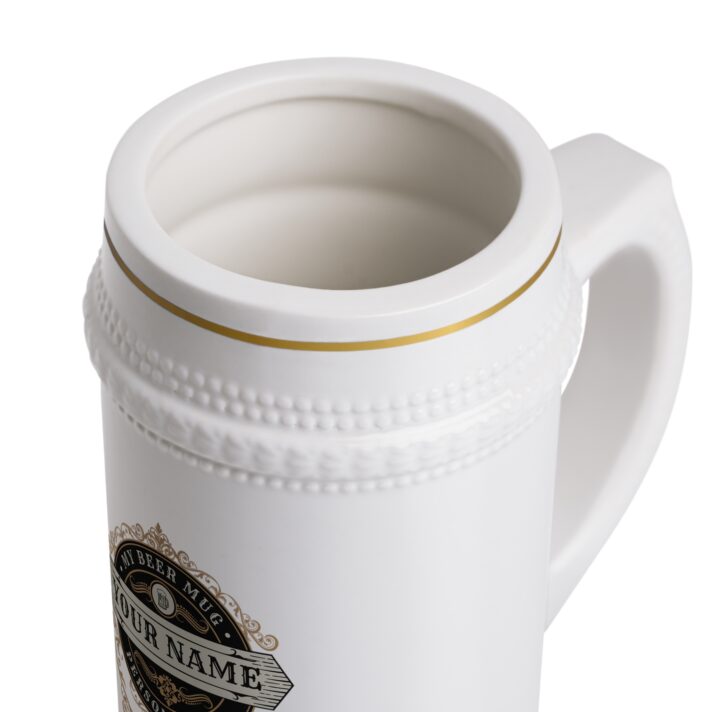
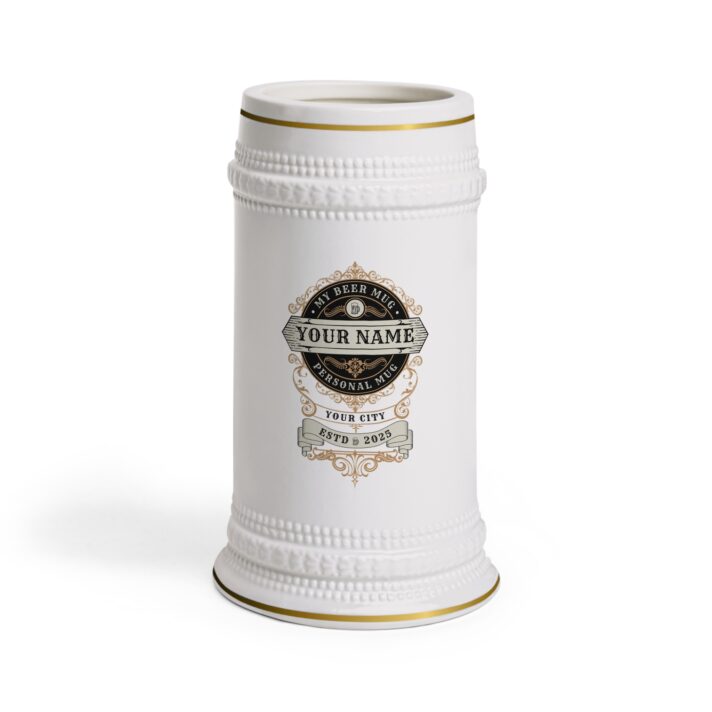
Personalized Beer Stein Mug – Custom Name & City – Perfect for Gifts & Celebrations
$34.00 -
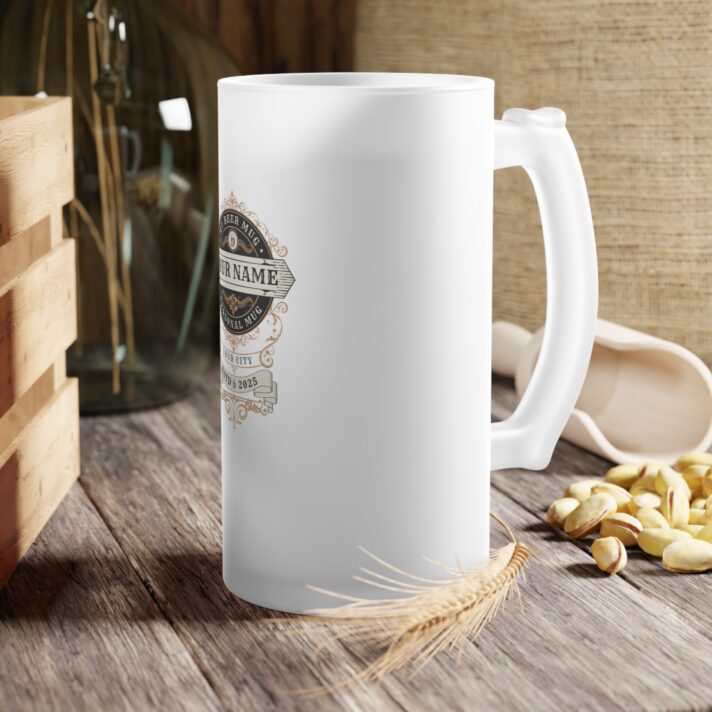
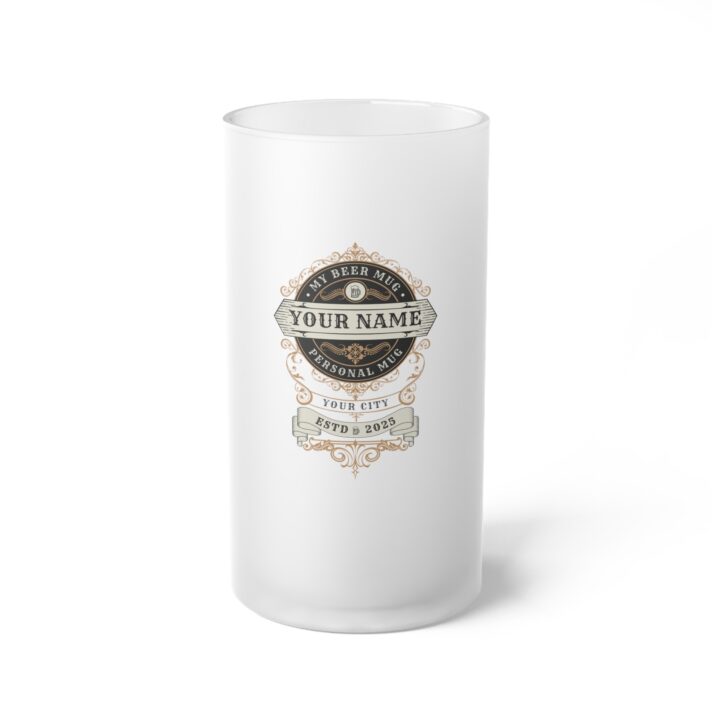
Personalized Frosted Glass Beer Mug – Custom Name & City – Perfect Gift for Beer Lovers
$42.00 -
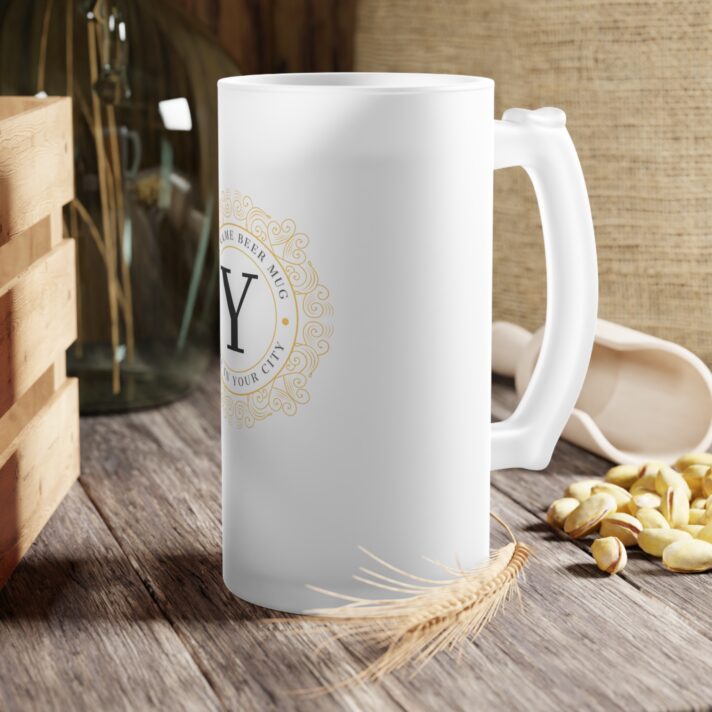
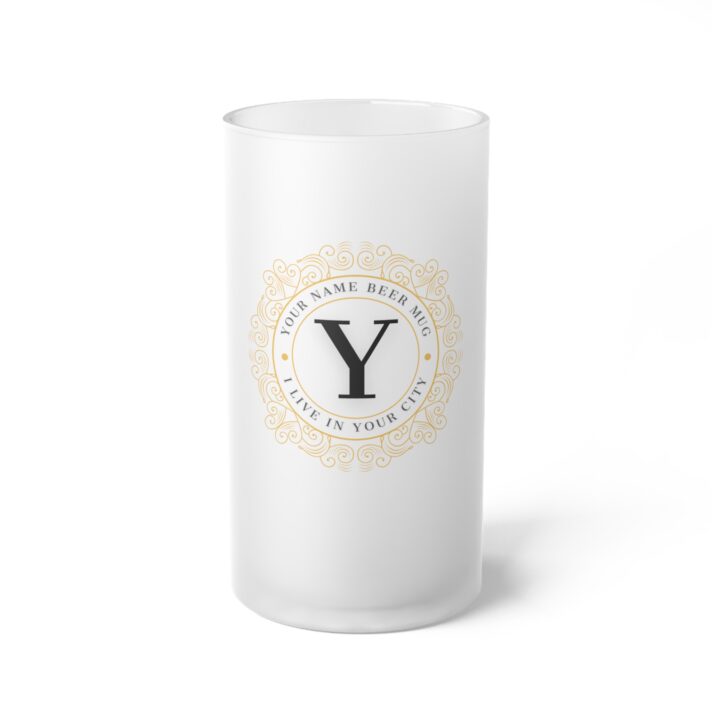
Personalized Frosted Glass Beer Mug – Customizable with Your Name, Perfect for Gifting, Celebrations & Special Occasions
$42.00
Throughout history, beer has been a favored beverage for centuries, and beer mugs have always been an essential element in how people enjoy this cherished drink. From the primitive clay vessels used by the Sumerians to the intricately designed glass steins of today, beer mugs have a rich history that mirrors cultural and technological advancements through the ages.
The first signs of beer consumption can be traced back to approximately 5,000 BC in ancient Mesopotamia, where the Sumerians brewed beer and kept it in clay vessels. These vessels were typically uncomplicated, featuring a spacious opening and a handle for convenient sipping. As beer became more popular in various societies, a variety of containers such as animal horns, shells, and wooden bowls were utilized for storing and consuming the beverage.
Beer was an essential part of daily life in ancient Egypt, with specially made containers designed to hold the fermented drink. Among the most famous vessels used by the ancient Egyptians was the hieroglyphic beer mug, decorated with images and symbols reflecting the brewing process and the deities linked to beer.
In medieval Europe, beer mugs were designed to be practical and durable. They were typically made of wood or pottery with sturdy handles to withstand frequent use. These mugs also represented social status, as elaborate designs and decorations were a sign of wealth and standing in society.
In the 16th century, advancements in glassblowing techniques allowed artisans to create more intricate and decorative beer mugs. Glass beer steins, adorned with elaborate engravings and painted designs, gained popularity in Germany and other parts of Europe, showcasing the skill and craftsmanship of the glassmakers.
In the Industrial Revolution, advancements in mass production led to the widespread manufacturing of beer mugs, resulting in a variety of styles and materials being available. In England and Europe, ceramic beer steins adorned with colorful glazes and intricate patterns gained popularity, while in America, pewter tankards were commonly seen in taverns and alehouses.
Throughout the 20th century, beer mugs underwent transformations due to the introduction of new materials and technologies. Bars and restaurants commonly featured glass beer mugs with handles, while insulated metal mugs were ideal for outdoor gatherings and picnics. Presently, beer mugs are available in a diverse range of styles and designs, ranging from traditional steins with pewter lids to contemporary glass mugs adorned with playful slogans and graphics.
The beer stein, a type of mug with a hinged lid, is a symbol of beer culture. Originally designed to keep insects out of drinks, the history of the beer stein dates back to 14th century Germany. The first ceramic beer mugs with lids were produced in the town of Freising. Decorated with elaborate motifs and inscriptions, these early steins were used by the nobility as a symbol of social status.
Beer steins gained popularity among the general population in Germany during the Renaissance and were frequently exchanged as gifts for special events like weddings and birthdays. The designs of these steins were diverse and often included depictions of daily life, religious iconography, and symbolic patterns that mirrored the prevailing beliefs and values of the era.
During the 19th century, the beer stein experienced a revival in popularity due to German immigrants introducing their brewing customs to America. German-style beer halls and breweries became trendy in cities such as Milwaukee and St. Louis, where customers could savor their beer in authentic steins imported from Germany. The appeal of the beer stein continued to increase throughout the 20th century, and presently, collectors worldwide are eager to find rare and distinctive examples of these historic mugs.
Beer mugs serve a dual purpose of decoration and function. They can impact the taste and scent of beer based on their shape and size. Different types of mugs are designed to enhance the flavors of specific beers, such as tall, narrow mugs for light lagers and pilsners, and wide, heavy mugs for dark, malty beers like stouts and porters.
To sum up, the evolution of beer mugs is a fascinating story that showcases the evolution of preferences and customs across various societies over time. From the humble clay containers of the Sumerians to the intricate glass steins of modern times, beer mugs have been a significant aspect of how individuals savor and value this age-old drink. Whether for utility or as a decorative piece, beer mugs persist as a cherished and timeless emblem of beer culture globally.



























